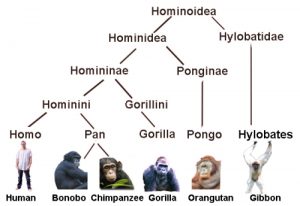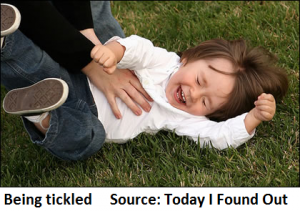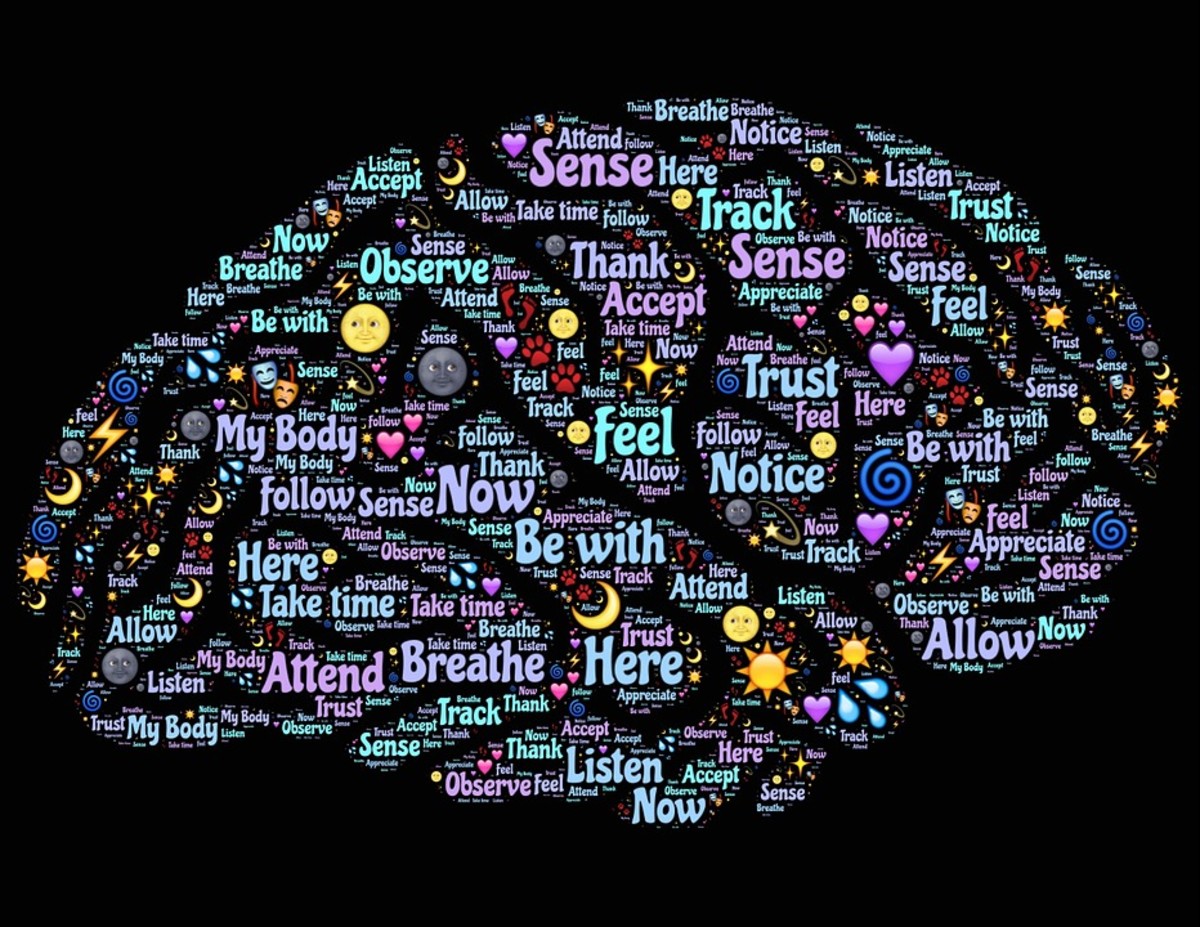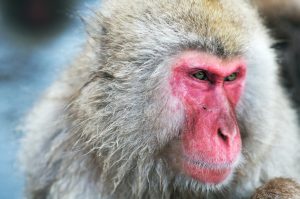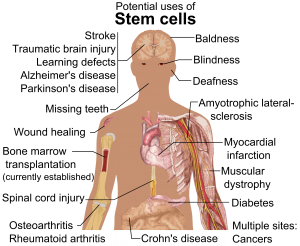Have you ever thought about what a world would be like if scientists created human clones? In early May 2016, 130 individuals consisting of scientists, entrepreneurs and policy leaders met at Harvard University to secretly discuss the creation of a synthetic human organs in order to revolutionize biotechnology which creates prosthetics and reduce the cost for human organ transplants. Essentially the meeting was to discuss instead of scientists reading human DNA sequences, they will be writing the sequence to make human organs.
The project already has a substantial amount of support, $100 million that is, from public and private sources located around the world. Scientists of the project predict it will cost roughly $3 billion to fully analyze, assess and create genomes.

Picture amino acids aligned across a human figure symbolizing a synthetically created human.
However, along with the making of human organs consequently a long list of ethical issues arises. These synthetically produced human organs would be made too resistant to viral contamination, which may create social upheaval in consumer demand if this meant humans could live longer. This project was also named “Genome Project-Write,” from the “Human Genome Project-Write” to ensure scientists will be looking at a variety of genomes, not just specific to humans to ease conversations of an entire human body being synthesized. One of the most pressing concerns for this project is who is taking ownership for these synthetically made organs? If someone were to negativley react to the implantation and die, who would be at fault? These issues have not yet been discussed by the 25+ team of scientists working on the project.
Here is a short video done by the New Scientist touching on a few of the ethical questions many of us are thinking.

A summary of the meeting held in May was released late October stating the overall pilot projects, and additionally with a video that talks about the overview of the execution.
Elizabeth J. Baguley



